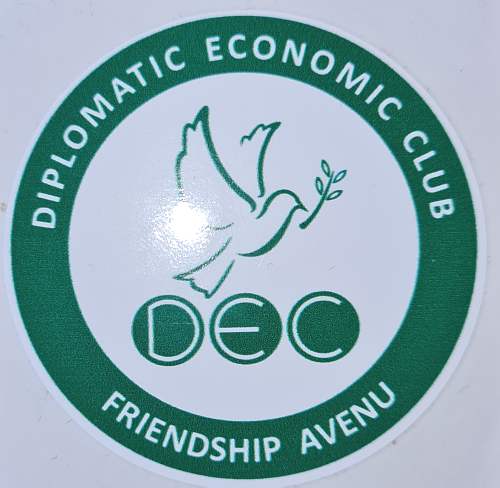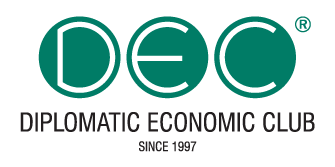Rewriting the history of North America
Stone tools were found in 15,500-year-old sediment, pushing back the oldest evidence of human occupation in North America.
It’s time to rewrite the story of how Stone Age explorers from Asia crossed over into the Americas and colonised the continents.
Michael Waters from Texas A&M University led a team of researchers to study the Debra L. Friedkin site in Texas, about 40 miles northwest of Austin. Researchers found a haul of thousands of artefacts near the Texas capital, Austin, some of which were identified as blades and other tools. The material was buried in sediments that are between 13,200 and 15,500 years old. So, this layer of earth lies directly beneath an assemblage of Clovis relics, expanding evidence that other cultures preceded the Clovis culture in North America. It includes biface and blade technology that may have later been adapted and improved upon by the Clovis culture.
When the people who built the Texan tools migrated, ice sheets would have made travel by land difficult. This lends strength to the hypothesis that the Americas were colonised by sea, not land.
Who the first Americans were, where they came from and when they arrived are contested issues among archaeologists. There is one favoured theory, known as «Clovis first», says that during the last Ice Age, people from Asia followed herd animals across a land bridge connecting Siberia to Alaska and established the first settlements in North America. The Clovis people, whose tools were known for their distinctive «fluted» points. Over the past few years, however, scattered evidence has hinted at several earlier cultures. But, such evidence has often been disputed in part because so few artifacts have actually been recovered.
 |
| These are some of the artifacts from the 15,500 -year-old horizon. Image courtesy of Michael R. Waters |
Recent finds of artefacts that pre-date the Clovis, including this new one in Texas, have challenged the Clovis-first hypothesis.
The new hoard contains 15,528 items, the largest group of pre-Clovis stone objects ever found. It includes 56 well-preserved tools amongst many stone chips, flakes and fragments that probably broke off other tools.
The objects are clearly shaped by human hands, but less sophisticated than Clovis tools – the researchers describe them as prototypes. The hallmark of Clovis technology is a carefully chiselled, oval-shaped stone with thin razor-sharp edges and a notch in the bottom for hafting to a spear or knife handle. The researchers think that the newly discovered tools were made small so they could be used in a mobile toolkit, easily packed up and moved to a new location. They are not well-shaped, lack notches than Clovis tools. Though, the tools are noticeably different from the Clovis technology.
Establishing that the objects were indeed older than the Clovis proved a challenge, the researchers did not find enough organic matter at the site to pinpoint the age of the tools with radiocarbon dating. Instead they used an optical technique called luminescence dating, which uses changes in luminescence levels in quartz or feldspar as a clock to pinpoint the time that objects were buried in sediment.
The new finds also suggest that the bridge between Asia and America was not the only route into the Americas. Fifteen thousand years ago, people in Siberia could not easily have crossed to Alaska and down into North America because the major ice sheets at the time were fused, prohibiting travel through North America after crossing the bridge. Instead, whoever made the stone tools at the Texas site may have journeyed to the New World by sea.
Michael Waters said: «This makes the Friedkin site the oldest credible archaeological site in Texas and North America. The site is important to the debate about the timing of the colonisation of the Americas and the origins of Clovis.»
Source: Science Daily www.sciencedaily.com










